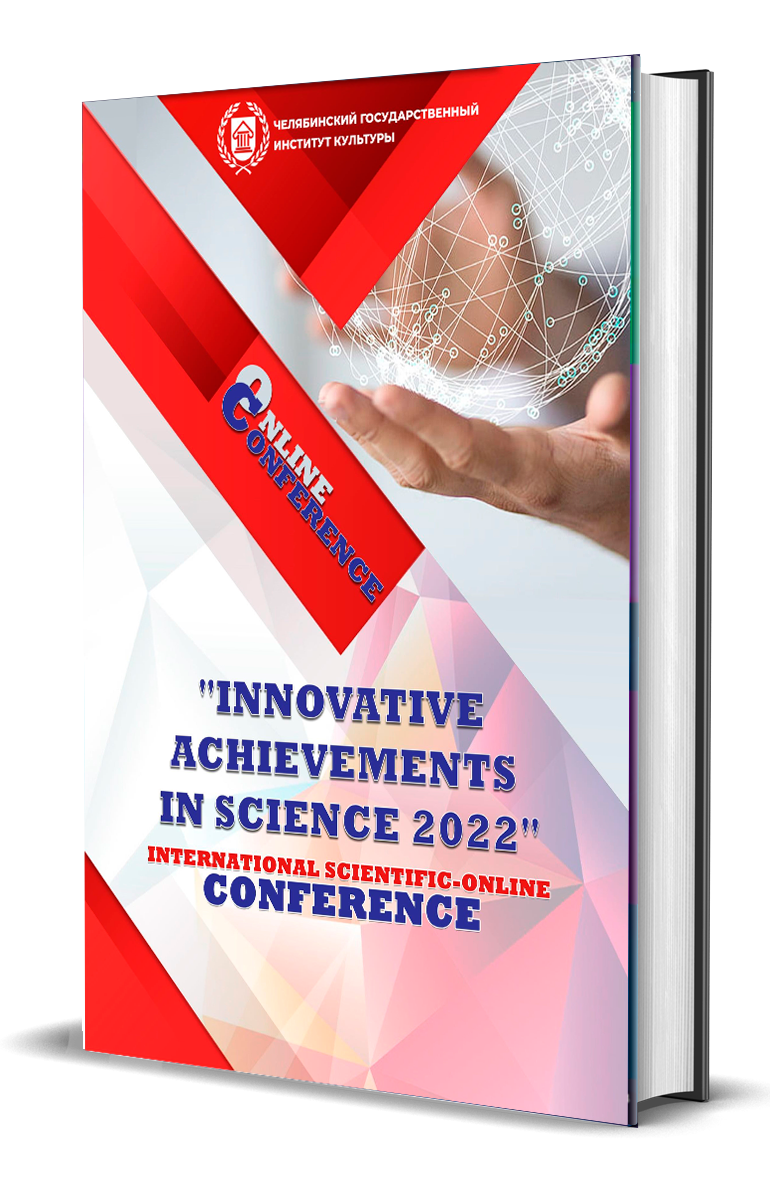BLENDED LEARNING METHODOLOGIES: BALANCING TRADITIONAL AND DIGITAL PEDAGOGIES
Keywords:
Blended learning, traditional pedagogy, digital learning technologies, flipped classroom, educational innovation, learning management systems, student-centered approach, digital divide, adaptive learning, artificial intelligence, virtual reality, learning analytic.Abstract
Blended learning combines traditional face-to-face instruction with digital learning technologies, creating an innovative approach to education. This article examines the methodologies behind designing, implementing, and evaluating blended learning systems. It explores strategies to integrate the strengths of conventional pedagogies with the accessibility of digital platforms, addresses common challenges, and discusses best practices to ensure effective learning outcomes. The paper concludes with insights into future directions and the potential of blended learning to reshape education.
Downloads
References
Garrison, D. R., & Vaughan, N. D. (2008). Blended Learning in Higher Education: Framework, Principles, and Guidelines.
Graham, C. R. (2006). Blended learning systems: Definition, current trends, and future directions. The Handbook of Blended Learning.
Horn, M. B., & Staker, H. (2015). Blended: Using Disruptive Innovation to Improve Schools.
Bonk, C. J., & Graham, C. R. (2012). The Handbook of Blended Learning: Global Perspectives, Local Designs.
Means, B., Toyama, Y., Murphy, R., Bakia, M., & Jones, K. (2013). The Effectiveness of Online and Blended Learning: A Meta-Analysis of the Empirical Literature.





